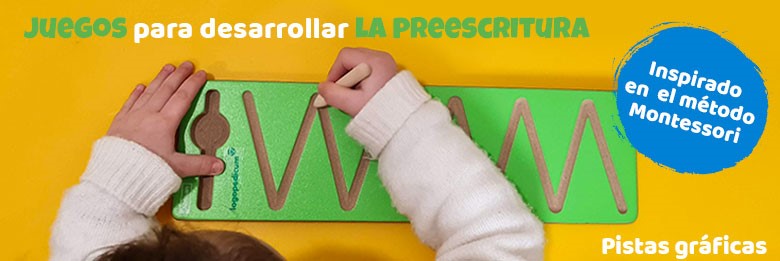
Aprender es modificar o adquirir nuevas habilidades, destrezas, conocimientos, conductas y valores mediante la experimentación, el estudio, la observación, el razonamiento o la instrucción. Múltiples y variados juegos disponibles hoy en día, desde los más clásicos hasta los más innovadores, pueden ser grandes herramientas para construir una variedad de aprendizajes: lectoescritura, matemáticas, razonamiento y resolución de problemas, etc. aportando motivación e interés a los jugadores. Más allá de la estimulación de las inteligencias múltiples, fomentaremos la autoestima, incentivaremos la cooperación y el trabajo en equipo y mejoraremos el comportamiento y la actitud, entre otros muchos aspectos.
 Auditory Memory Caterpillar
29,90 € (VAT not included)
Auditory Memory Caterpillar
29,90 € (VAT not included)
 Vencer o Autismo - com o The Son-Rise Program®
Sold out (VAT not included)
Vencer o Autismo - com o The Son-Rise Program®
Sold out (VAT not included)
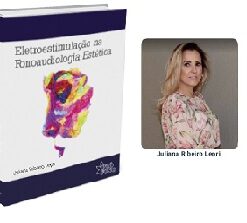 ELETROESTIMULAÇÃO NA FONOAUDIOLOGIA ESTÉTICA
29,90 € (VAT not included)
ELETROESTIMULAÇÃO NA FONOAUDIOLOGIA ESTÉTICA
29,90 € (VAT not included)
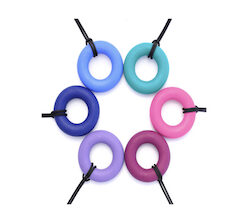 Circular teething necklace
11,80 € (VAT not included)
Circular teething necklace
11,80 € (VAT not included)
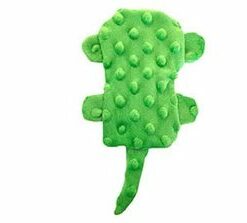 Mini turtle vibrating cushion
Sold out (VAT not included)
Mini turtle vibrating cushion
Sold out (VAT not included)
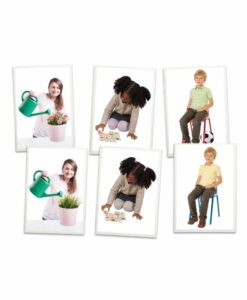 Search for differences
23,60 € (VAT not included)
Search for differences
23,60 € (VAT not included)
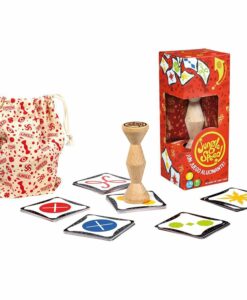 Jungle Speed
18,90 € (VAT not included)
Jungle Speed
18,90 € (VAT not included)
No account yet?
Create an AccountFun and dynamic material to work on oral and written language. The set consists of 52 illustrated cards (26 pairs) representing situations of everyday life. Specifically, each pair shows the "before" situation (e.g. children with buckets of sand on the beach) and the "after" situation (e.g. children sitting next to a sand castle).
The pack contains a metal box for storage and transport of the cards.
https://logopedicum.com/wp-content/uploads/2015/06/antes-despues-247x300.jpg 22.39 instock Communication and pragmaticsLANGUAGELEARNINGSNarrative discourseSemanticsMadeira 0 0.00 0 https://logopedicum.com/wp-content/uploads/2015/06/antes-despues-247x300.jpg 2159820894216392159121261 22.39 18.50 0.00 0.00 2015-06-15T14:12:29+02:00Clear and attractive material to work on temporalization through oral or written language. Specifically, the set consists of 60 photographs representing time series of different situations of everyday life. Each group is formed by 3 cards showing the chronology: "before" situation (e.g. black and white drawing), "during" (e.g. some crayons) and "after" (e.g. painted drawing).
Very interesting resource to visualize the sequencing of actions and thus facilitate the understanding and use of the verb tenses applied.
https://logopedicum.com/wp-content/uploads/2022/03/Antes-despues-1-247x300.jpg 30.55 instock De 3 a 6 añosJuguetes terapéuticosLANGUAGENarrative discourseMadeira 0 0.00 0 https://logopedicum.com/wp-content/uploads/2022/03/Antes-despues-1-247x300.jpg 2159821261217412169321672 30.55 25.25 0.00 0.00 2022-03-17T12:57:21+01:00Photographic material consisting of 54 photographs illustrating different daily activities broken down into sequences of 3, 4 or 5 scenes. Using these sequences we can encourage verbal expression, paying special attention to lexical evocation, morpho-syntax, narrative discourse, etc. These cards can be used both with children and adults as a whole sequence (with the cards that are considered) or as an individual card. They are a very versatile, flexible and fun resource for language re-education and both oral and written communication.
Fun and dynamic material to work on oral and written language. The set consists of 52 illustrated cards (26 pairs) that represent situations that allow to infer "what would happen if...". This resource is especially interesting to develop the capacity for abstraction, theory of mind, logical reasoning,...
The pack contains a metal box for storage and transport of the cards.
https://logopedicum.com/wp-content/uploads/2015/06/que-pasaria-si-247x300.jpg 22.39 instock LANGUAGEMorphology and syntaxNarrative discourseCommunication and pragmaticsLEARNINGSMadeira 0 0.00 0 https://logopedicum.com/wp-content/uploads/2015/06/que-pasaria-si-247x300.jpg 2167221654214232167821598 22.39 18.50 0.00 0.00 2015-06-15T14:13:43+02:00Fun material to work both oral and written language. The set consists of 56 illustrated cards (28 pairs) that represent situations that allow you to predict the immediate consequences or effects (e.g. A little boy puts the leash on his dog, and ... what will happen next? The child will go for a walk with his dog). Contains an explanatory card with ideas for different game options (memory, auditory description,...).
The pack contains a metal box for storage and transport of the cards.
[/vc_column_text][/vc_column][/vc_row][vc_row][vc_column][woodmart_title woodmart_css_id="64593354c81c3" title="BLOG | MUNDO LOGOPEDICUM" woodmart_empty_space="" responsive_spacing="eyJwYXJhbV90eXBlIjoid29vZG1hcnRfcmVzcG9uc2l2ZV9zcGFjaW5nIiwic2VsZWN0b3JfaWQiOiI2NDU5MzM1NGM4MWMzIiwic2hvcnRjb2RlIjoid29vZG1hcnRfdGl0bGUiLCJkYXRhIjp7InRhYmxldCI6e30sIm1vYmlsZSI6e319fQ=="][/vc_column][/vc_row][vc_row][vc_column][vc_column_text woodmart_inline="no" text_larger="no"]https://mundologopedicum.com/ideas-practicas/5-actividades-para-estimular-el-lenguaje-oral-4/[/vc_column_text][/vc_column][/vc_row] https://logopedicum.com/wp-content/uploads/2015/06/causa-efecto-247x300.jpg 22.39 instock LANGUAGESemanticsNarrative discourseCommunication and pragmaticsLEARNINGSMadeira 0 0.00 0 https://logopedicum.com/wp-content/uploads/2015/06/causa-efecto-247x300.jpg 2166621423212612163621660 22.39 18.50 0.00 0.00 2015-06-15T14:13:04+02:00